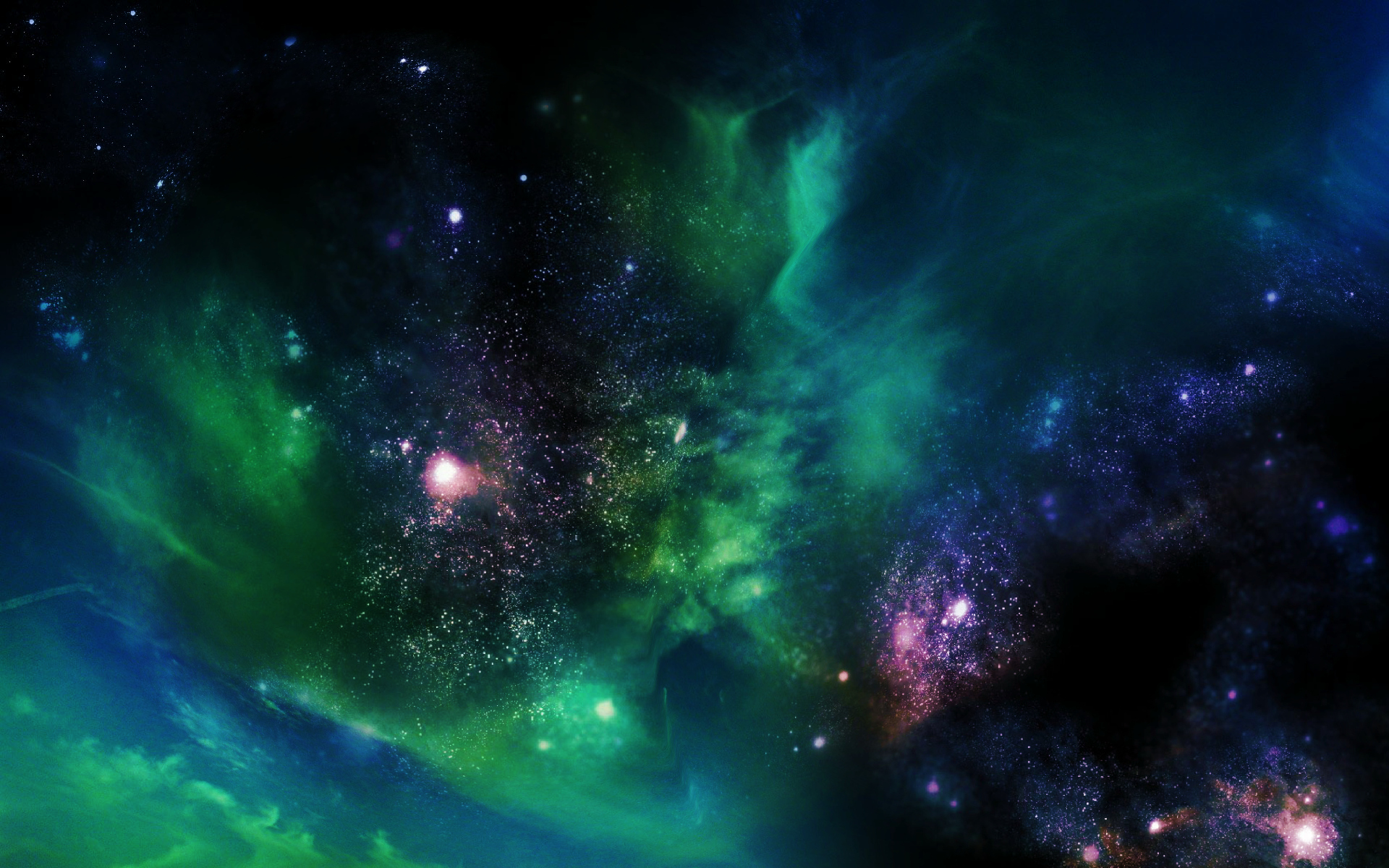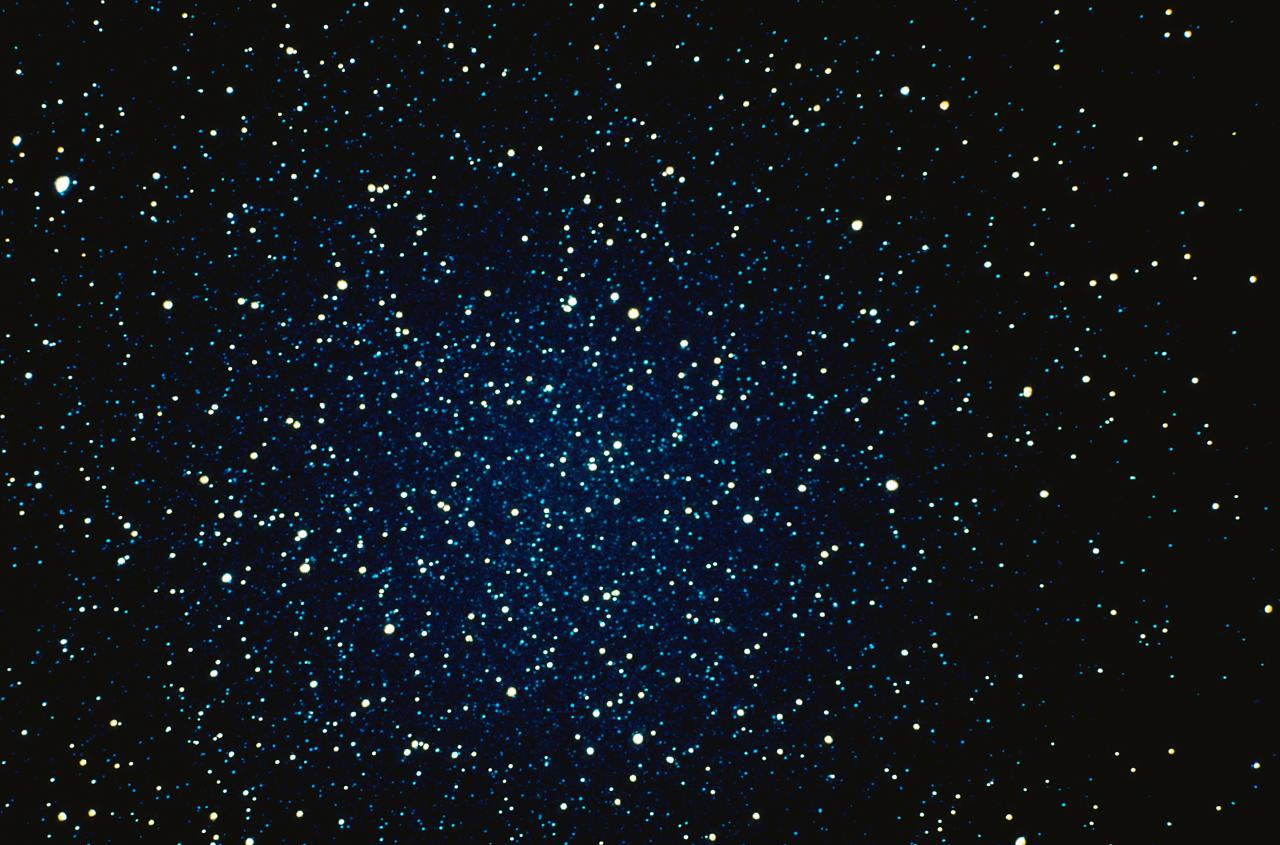
Preston at Jetson Green rounds up all the houses I missed this year

Only four days into the New Year and the first four exoplanets of 2012 have been spotted orbiting four distant stars.

A new image of the Omega Nebula, captured by ESO's Very Large Telescope (VLT), is one of the sharpest of this object ever taken from the ground. It shows the dusty, rose-coloured central parts of this famous stellar nursery and reveals extraordinary detail in the cosmic landscape of gas clouds, dust and newborn stars.

Quantum theory is known for its peculiar concepts that appear to contradict the fundamental principles of traditional physics. Researchers have now succeeded in creating a special quantum state between two mesoscopic gases with approximately 500 atoms. The state is known as a “squeezed“ vacuum, in which measuring one gas affects the results of the measurement on the other. To produce these results the team had to develop a novel detection technique to measure values in atomic gases that were previously unobtainable.

Researchers have developed a groundbreaking new method that allows to study how the brain processes different aspects of music, such as rhythm, tonality and timbre (sound color) in a realistic listening situation.

Just in time for the holidays, astronomers have come across a new image from NASA

The efficiency of conventional solar cells could be significantly increased, according to new research on the mechanisms of solar energy conversion.

The hunt for elusive neutrinos will soon get its largest and most powerful tool yet: the enormous KM3NeT telescope, currently under development by a consortium of 40 institutions from ten European countries. Once completed KM3NeT will be the second-largest structure ever made by humans, after the Great Wall of China, and taller than the Burj Khalifa in Dubai… but submerged beneath 3,200 feet of ocean!

(PhysOrg.com) -- Imagine if the next coat of paint you put on the outside of your home generates electricity from light—electricity that can be used to power the appliances and equipment on the inside.

A group of three researchers from KEK, Shizuoka University and Osaka University has for the first time revealed the way our universe was born with 3 spatial dimensions from 10-dimensional superstring theory in which spacetime has 9 spatial directions and 1 temporal direction. This result was obtained by numerical simulation on a supercomputer.

Gainesville, Florida, is an international solar power leader?

Your time spent mingling with friends online might get a little greener.